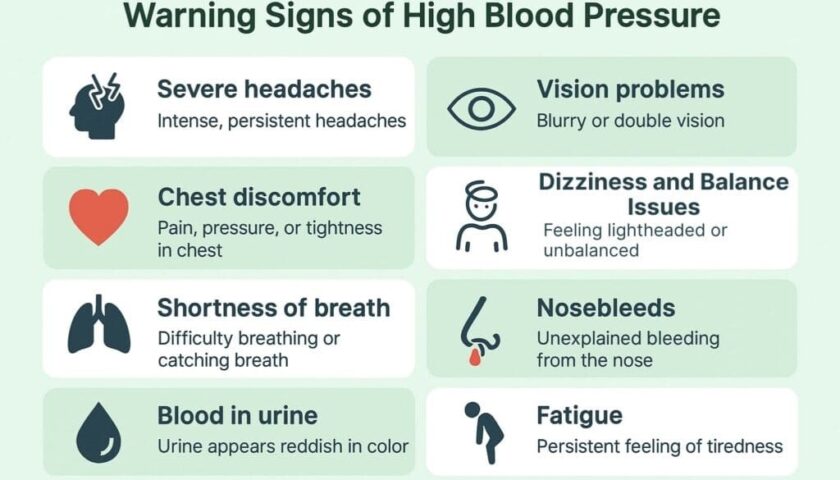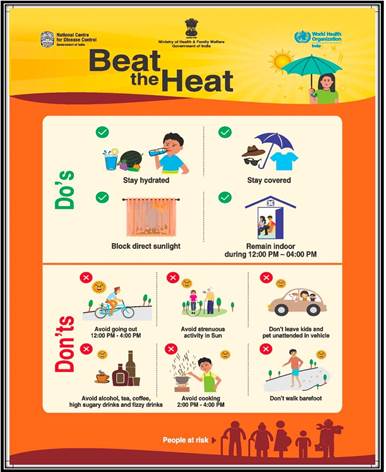Sedentary lifestyle, stress, high calorie diet among major causes
Noted endocrinologist, Dr Muhammad Ashraf Ganie, who is President of MPPCOS Society and Senior Consultant Endocrinology and Metabolism, AIIMS, New Delhi is currently working as senior Professor at Department of Endocrinology, Sher-e-Kashmir Institute of Medical Sciences, Soura, Srinagar. Dr Ganie has been working in the area of lifestyle disorders and has published numerous research papers. In a candid interview Dr Ganie talks about present scenario of diabetes, its causes, measures, trends, sex-wise ratio and precautionary measures to tackle diabetes in Kashmir on World Diabetes Day which is held on November 14 every year.
Kashmir Post: What is the present scenario of diabetes in J&K particularly in Kashmir?
Dr Ashraf Ganie: Diabetes is rising in epidemic proportions globally. It is rising in Jammu and Kashmir also. The Indian Council of Medical Research–India Diabetes (ICMR–INDIAB) study which has been done in phase one in many states shows diabetes prevalence is rising. The ICMR-INDIAB Study is a cross-sectional, community- based survey of adults of either sex, aged 20 years and above, aimed at determining the national prevalence of type 2 diabetes mellitus and pre-diabetes [Impaired fasting glucose (IFG) / Impaired glucose tolerance (IGT)] from all the 28 states, National Capital Territory (NCT) of Delhi and 2 union territories (UTs) namely Chandigarh and Puducherry in the mainland of India.Of the 16,607 individuals selected for the study, 14,277 [86%] individuals participated. The weighted prevalence of diabetes (both known and newly diagnosed) in Tamil Nadu was 10.4%, Jharkhand, 5.3%, Chandigarh, 13.6% and Maharashtra, 8.4%. With regard to Jammu and Kashmir, diabetes seems to be galloping with every passing year. I have been given the task as PI in ICMR-INDIAB Study to carry out this study. Accordingly, we will have the answer in a year or so.
Kashmir Post: What are the main causes of diabetes in Kashmir?
Dr Ganie: The main reasons for the development of type 2 diabetes mellitus are same all over the world. The number one and most important contributing factor to diabetes mellitus is the unhealthy lifestyle change (high caloric diets and sedentary habits). Diabetes mellitus is very low in Europe (2-4%), in America it is intermediate (4-6%) but in Asian countries like India, Pakistan, Sri Lanka, India including Kashmir the prevalence is high (10-24%). Here in Kashmir like Asia although there are a genetic susceptibility people do less exercise.Since Asian phenotype is thin, our metabolic machinery tuned to low consumption cannot tolerate a lot of calories as we take dense foods like oil, ghee, butter. Particularly in Kashmir, we use a lot of cooking oil and we take a lot of carbohydrates like wheat products, rice and then we do not adhere to an active lifestyle. Besides we have been using machines for farming, cars to travel, TV to entertain ourselves replacing old traditional methods of compulsory exercise. The habit of exercise (a way to burn calories), is very less as the culture has not developed here yet.
Kashmir Post: How do you reach out to masses on preventing diabetes? What measures are being taken for such patients?
Dr Ganie We do vigorous campaigns of education regarding healthy diet and exercise to prevent diabetes from occurring among healthy. However we need to do more in a systematic manner. Similar measures are going to go a long way in controlling of blood glucose among patients already suffering from diabetes. Although the central government has started a Non-Communicable Disease Prevention program in the country there is no visible impact on the ground so far. The situation of alarming Diabetes epidemic demands collaboration between Government, Civil society, and NGOs to take the problem head-on. Media has a very special role to play and I must laud your efforts in this direction.
Kashmir Post: What should be done at government level for educating general masses about diseases like diabetes etc?
Dr Ganie: There are many ways we give education at our level but the major efforts should have been taken at the government level. Individually we at AIIMS and SKIMS try to impart awareness to the people through print and electronic media. We are also trying to motivate people to detect the disease early so as to limit its complications. Besides we teach them the ways to control diabetes with simple measures.
Kashmir Post: Does SKIMS provide quality facilities for the diabetes patients?
Dr Ganie: SKIMS does not provide many facilities in addition to consultation, diet counseling, and admissions in complicated subjects. There are few funded projects on Diabetes and related disorders with me where we provide free testing and counseling to such patients. One of the important projects which I am having is an estimation of Non-Communicable Diseases (NCDs) including Diabetes mellitus in Gujjars and Bakarwals of J&K. This is collaboration between SKIMS and AIIMS. This tribal population is generally undermined because of their living in highly difficult to reach areas and do not have any health services available. This is an ignored community and we thought that their lifestyle is still traditional which will help us in understanding the pathogenesis of diabetes. These are some other research projects where we do screening-cum-awareness programmes in educational institutions and reach out to communities in Kashmir.
Kashmir Post: What is the present trend of the diabetes in Kashmir? Is it on rise?
Dr Ganie: This disease is going to grow up because we have to do drastic measures in lifestyle means exercise and diet. Right now the disease is increasing and also changing its face.For example, earlier, diabetes was common in higher age groups but now younger children and adolescents are prone to this disease. Since the disease is coming at a younger age the productive years of life in an individual are affected thereby adding to the economic losses. With that the complications are more severe here as compared to western societies. The trend is very bad in our population. Something needs to be done for this to save the large chunk of patients and population.
Kashmir Post: Since you have been working extensively on this, what is the comparison between Kashmir and rest of India when it comes to diabetes?
Dr Ganie: While I was at AIIMS my colleagues always felt that Diabetes will be less in Kashmir as many people are not obese. But in contrary, it is more common in Kashmir. Even though we are thin but the reason is that we are consuming high caloric diet, so Kashmiri’s no way behind in the prevalence of diabetes. Usually, people here sit at one place unlike the people in West who are active around the year. Another thing is that Kashmir is a conflict region and stress may be one of the precipitating factors for diabetes.
Kashmir Post: What is the sex-wise scenario of diabetes is it dominant among males or females?
Dr Ganie: Diabetes is very common in women since almost all the endocrine diseases are common among women. There is a pre-diabetic condition called Polycystic Ovary Syndrome (PCOS) and it is very common in India and it is highest in Kashmir and the women are affected more. Massive study done on more than 2000 women by our group shows that half of Polycystic Ovary Syndrome women have diabetes and prediabetes that contribute to the pool of diabetes among women. Additionally, the importance of diabetes among women is that when women get pregnant and they are diabetic the child which is in the womb of mother gets some alterations in metabolism and the child has a very high risk of diabetes in future. Keeping this in mind the International Diabetes Federation (IDF) has kept this year’s theme as diabetes in women.
Women often do not disclose that they have diabetic and they need awareness. They get treated by cosmeticians or gynecologists for unwanted hair or irregularity of cycles.
Kashmir Post: What precautions should be taken to prevent from diabetes?
Dr Ganie: Diabetes is a multigenic disorder and we need to promote a healthy lifestyle in terms of a routine exercise and healthy diet since genes cannot be changed. Initially, people would go to farming and other exercises but now people have less land they are urbanized they only drive cars. So people have to resort to exercise at least 30 minutes daily and avoid dense foods (low fat, low carbohydrate, and high fiber). We should also avoid readymade and junk foods which carry much fats and carbs. We should also have some relaxation exercises to avoid stress. Besides, we should also avoid these chemicals like polythene, plastics, and adulterants which are known contribute to diabetes. This will help in a long way to reduce the problem of diabetes.
Kashmir Post: What is your message to our readers on World Diabetes Day?
Dr Ganie: As we know this year’s theme of World Diabetes Day is Women and Diabetes, so we should not ignore women. They should have a healthy lifestyle. They should be active and should not remain confined to indoors only. The quantity of diet needs to be reduced. Women should try to do a blood test at least once a year especially those who are above 35 because diabetes has not many symptoms. So we should actively screen people for the disease. We should remember that diabetes has no symptoms in the majority of people and only 10 to 15 per cent people come with symptoms. Its symptoms are fatigue, being thirstier, blurred vision, more urination, weight loss, recurrent infections etc. Many such patients come up with other complications in the form of kidney problem, heart problem, nerve problem vaginal infections.






